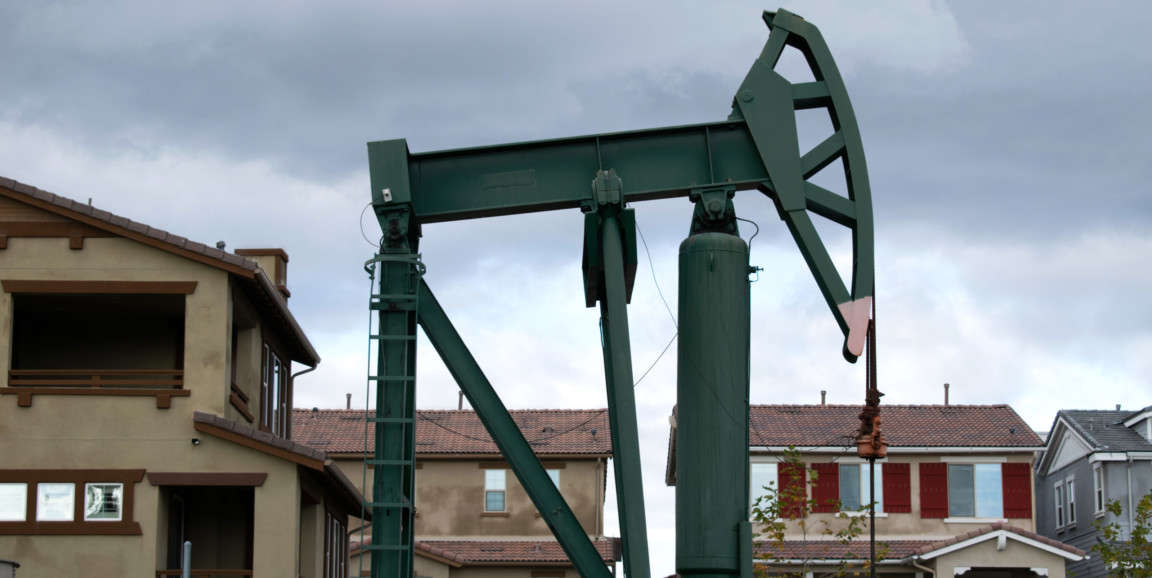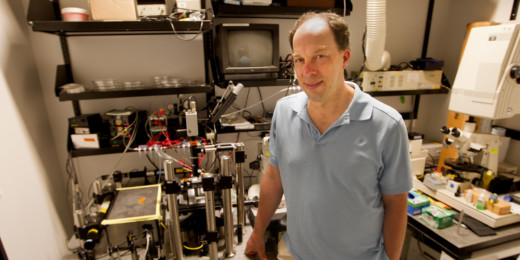Living near an oil and gas well in California's San Joaquin Valley during pregnancy is linked to increased risk of spontaneous preterm birth, according to Stanford research published recently in Environmental Epidemiology.
The study, a collaboration between experts in pediatrics and environmental science, is part of a larger effort led by the March of Dimes Prematurity Research Center at Stanford University to understand the etiology of premature birth, in which a baby is born at least three weeks early. Prematurity is the leading cause of infant death in the United States and around the world.
The new research focused on spontaneous preterm births, those which lack a known medical cause. Prior studies in other geographic regions of the United States had uncovered potential risks to expectant mothers who lived near oil and gas wells that were operated with hydraulic fracturing methods, a.k.a. fracking. But most oil and gas wells in California use conventional extraction methods, not fracking. And although 2.1 million Californians live within a mile of an active oil and gas well, their possible effects on premature birth hadn't been studied.
"We're getting a sense that this does potentially have an adverse effect on health outcomes of pregnancy," said the study's lead author, graduate student David Gonzalez, in a press release from the Stanford University School of Earth, Energy & Environmental Sciences.
The press release explains what Gonzalez and his colleagues found:
Researchers examined 225,000 births from mothers who lived within about six miles of oil and gas wells in the San Joaquin Valley from 1998 to 2011. The results show that women who lived near wells in the first and second trimesters were 8 to 14 percent more likely to experience a spontaneous preterm birth -- one that would otherwise be unexplained -- at 20 to 31 weeks [of pregnancy].
... The negative impact of living near a well appeared strongest among women who were Hispanic, Black or had fewer than 12 years of education.
"For me, the higher risk for the Hispanic and non-Hispanic Black women is an important signal and it makes me want to ask more questions," Gonzalez said.
About 17 million people across the country live near active oil and gas wells, as do many others around the world, the study notes.
The researchers plan follow-up studies to get a better understanding of what may be behind the risks they documented, the press release explains.
Residents near wells may be exposed to a range of environmental contaminants and stressors. For example, they could be breathing in chemicals used in extraction, experiencing stress from drilling noise, drinking contaminated water or breathing in higher levels of particulate matter in the air around such sites.
"We're after as many clues about preterm birth as we can get," said epidemiologist Gary Shaw, DrPH, the study's senior author. "Whether it's a biomarker or a social marker or an environmental hazard in your backyard, each piece of the puzzle becomes important."
Photo of a pumpjack operating a well in a Los Angeles County neighborhood by David Gonzalez.






